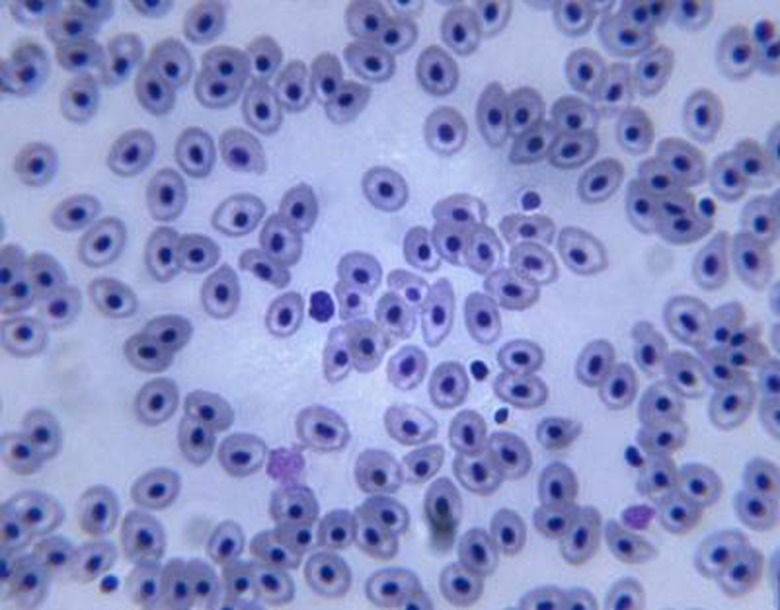What Is The Role Of Enzymes In Metabolism?
Metabolism refers to any chemical process occurring within or between cells. There are two types of metabolism: Anabolism, where smaller molecules are synthesized to make larger ones; and catabolism, where larger molecules are broken down into smaller ones. Most chemical reactions within cells require a catalyst to get started. Enzymes, which are large protein molecules found in the body, provide the perfect catalyst because they can change the chemicals within the cells without changing themselves.
Metabolism Explained
Metabolism Explained
Metabolism is an umbrella term referring to any cellular process that involves a chemical reaction. Glycolysis is an example of a catabolic cellular process; in this process, glucose is broken down into pyruvate. When oxygen and hydrogen combine to form water at the end of the electron transport chain, that is an example of an anabolic process, where smaller molecules combine to make a larger molecule.
Enzymes as Catalysts
Enzymes as Catalysts
Most chemical reactions within cells do not occur spontaneously. Instead, they need a catalyst to get them started. In many cases, heat may be a catalyst, but this is inefficient because heat cannot be applied to molecules in a controlled fashion. Thus, most chemical reactions require interaction with an enzyme. Enzymes bind with particular reactants until the chemical reaction occurs, then free themselves. The enzymes themselves are not changed by the chemical reaction.
Lock-and-Key Model
Lock-and-Key Model
Enzymes do not bind indiscriminately to molecules; instead, each enzyme is designed to bind only to a particular molecule, known as the substrate. On the substrate, there is a folded group of polypeptide chains, which form a groove. The correct enzyme will have a similar group of polypeptide chains, allowing it to bind to the substrate. Other enzymes will contain polypeptide chains that do not match.
In 1894, scientist Emil Fischer called this model the lock-and-key model because the enzyme and substrate fit together like a key in a lock. According to a passage about metabolism published by Titan Education, this is not entirely accurate because some enzymes break up unevenly at the end of the catalytic process.
Example
Example
One example of an enzyme fitting the lock and key model is sucrase. Sucrase contains polypeptide chains allowing it to bind to sucrose. Once sucrase and sucrose bind, they react with water and sucrose breaks down into glucose and fructose. The enzyme is then freed and can be reused to break down another molecule of sucrose.
Uneven Break-up
Uneven Break-up
Pancreatic lipase acts as a catalyst to break down triglycerides. Unlike sucrose, triglycerides do not break down evenly into two molecules of different substances. Instead, triglycerides break down into two monoglycerides and one fatty acid.
Cite This Article
MLA
Ori, Jack. "What Is The Role Of Enzymes In Metabolism?" sciencing.com, https://www.sciencing.com/role-enzymes-metabolism-6390077/. 24 April 2017.
APA
Ori, Jack. (2017, April 24). What Is The Role Of Enzymes In Metabolism?. sciencing.com. Retrieved from https://www.sciencing.com/role-enzymes-metabolism-6390077/
Chicago
Ori, Jack. What Is The Role Of Enzymes In Metabolism? last modified August 30, 2022. https://www.sciencing.com/role-enzymes-metabolism-6390077/
